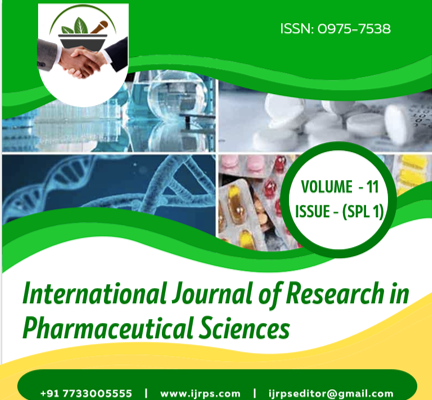Abstract
A novel coronavirus (COVID-19) arose in Wuhan, China, in December 2019. Soon it spread to other countries worldwide to become a pandemic. Globally, governments enforced quarantine and social distancing measures to prevent the spread of the infection. Mass media and social media platforms played a crucial role in providing information regarding the Coronavirus. Since little is known about COVID-19, various fake news, misinformation and rumours spread across the digital media that panicked people into making panic decisions. The rapid spread of misinformation and stories via social media platforms such as Twitter, Facebook and YouTube became a vital concern of the government and public health authorities. Medical misinformation and unverifiable content about the COVID-19 pandemic are spreading on social media at an unprecedented pace. Mitigating the advent of rumours and misinformation during the COVID-19 epidemic is crucial, since misinformation and fake news creates panic, fear and anxiety among people, predisposing them to various mental health conditions. Instead of considering social media as a secondary medium, it should be utilised to convey important information. Besides, it allows citizens to address their queries directly. Several governments across the world have taken actions to contain the pandemic of misinformation, yet measures are required to prevent such communication complications.
Full text article
Authors

This work is licensed under a Creative Commons Attribution-NonCommercial-NoDerivatives 4.0 International License.

